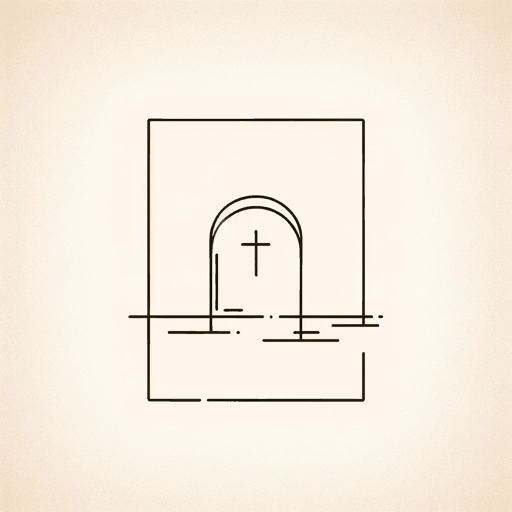41 pages • 1 hour read
Drew Gilpin FaustThis Republic of Suffering: Death and the American Civil War
Nonfiction | Book | Adult | Published in 2008A modern alternative to SparkNotes and CliffsNotes, SuperSummary offers high-quality Study Guides with detailed chapter summaries and analysis of major themes, characters, and more.
Chapter 3Chapter Summaries & Analyses
Chapter 3 Summary: “Burying”
In the wake of the unprecedented death toll, corpse disposal became difficult. In the 19th century, many believed the corpse still contained an essence of the living person. According to Christian doctrine, Jesus came back from the dead, and so devout believers have the opportunity to do the same. To make that possible, at least some of the person's essence is preserved in death. The devastation that Gatling guns and rapid-fire handheld weapons delivered on Civil War soldiers, however, made this reverence of the body increasingly difficult.
Equally strong was the fear of not having a proper burial. As in the first chapter, Faust focuses on the role of a person’s home life and surroundings in the final placement of the body. Frequently, the best of intentions of the builders and maintainers of military hospitals and burial grounds were set aside when those tasked with burial duties had to keep moving with their unit and when the number of dead overwhelmed those tasked with cataloging them. Neither the North nor the South had much experience with such matters. The temporary cemetery became a reality, as did the temporary field hospital. Faust writes:
Burying the dead after a Civil War battle seemed always to be an act of improvisation, one that called upon the particular resources of the moment and circumstance: available troops to be detailed, prisoners of war to be deployed, civilians to be enlisted (1187-90).


